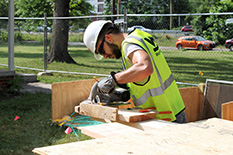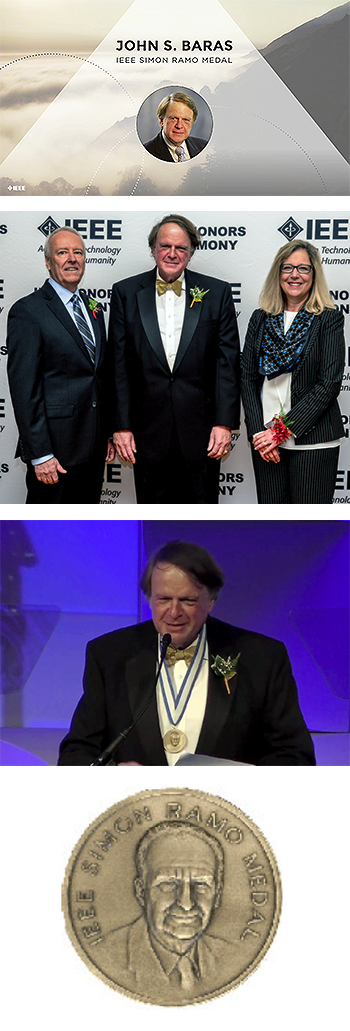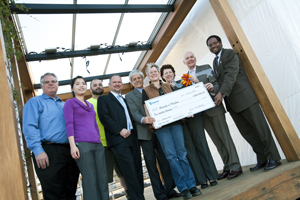News Story
Adomaitis explains model-based design in video talk

Professor Raymond Adomaitis (ChBE/ISR) recently delivered an informative TEDxUMD talk on how he uses model-based design techniques to predict—before they are even built—how systems will behave.
Modeling represents the essential characteristics of a system, its environment and the interactions it has with other systems and operators. Physically based, predictive design models can extrapolate into the unknown and help engineers get away from empirical, ad-hoc and intuitive approaches that are still the basis of much design. “Model-based design can predict the behavior of things that do not yet exist,” Adomaitis says in his talk.
As an example, Adomaitis talks about special thin films his research group created that are being exposed to the environment of space on the International Space Station. These films conduct electricity and could one day help space station radiators dissipate heat without building up static charge. His group also has developed nanoscopic-structured film coatings for astronomical observation equipment in space.
In both cases, Adomaitis used model-based design to control the chemistry used in creating the films without having to first see the molecules themselves or measure what is going on in the system. He used graph theoretic techniques, based on linear algebra, to reveal self-limiting growth mechanisms and guarantee atomistic-level deposition control on thin films. This enabled Adomaitis to design chemical reactions that “deposit the films in a way that we can guarantee there is an automatic braking system that controls the overall growth of the deposition process.”
Adomaitis also talks about the role model-based design played in UMD’s 2017 Solar Decathlon reACT home, which took second place in the international competition sponsored by the U.S. Department of Energy. Adomaitis and his students used model-based techniques paired with the local weather forecast to anticipate changes in conditions and adjust the home’s solar, water, and environmental systems accordingly. This resulted in the reACT home registering “net-zero” energy use—even with October snowfall—during the competition.
Published July 1, 2019








